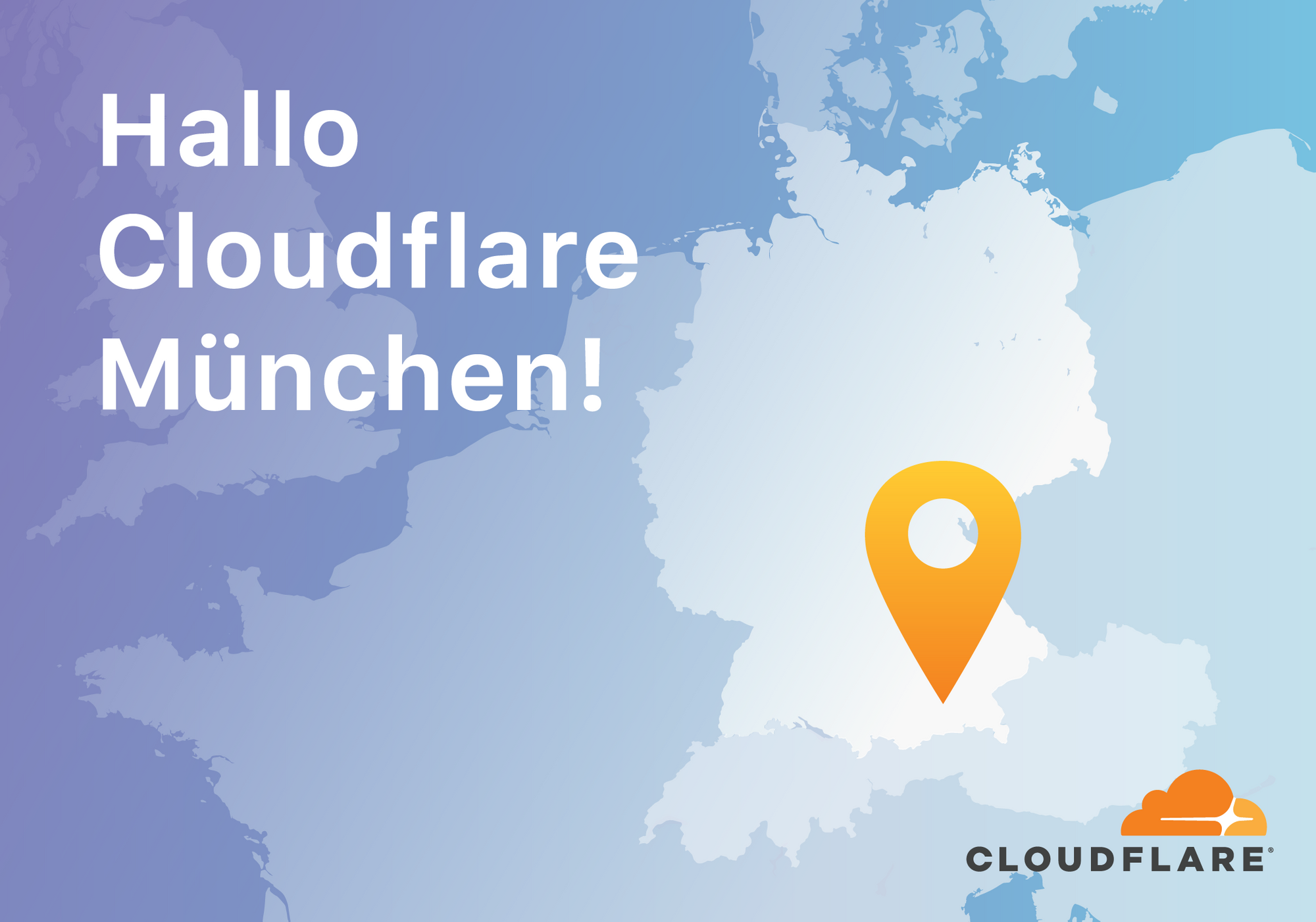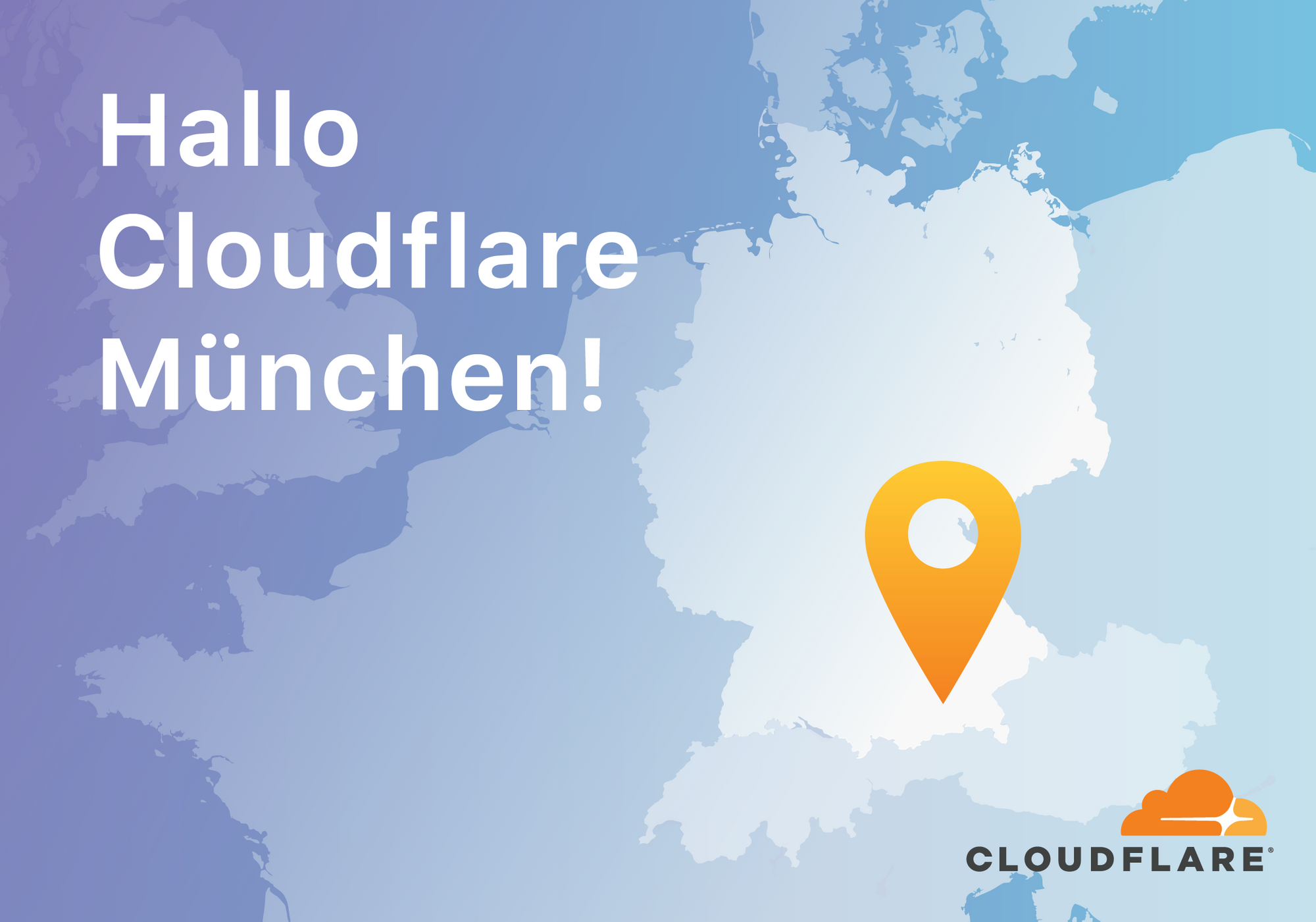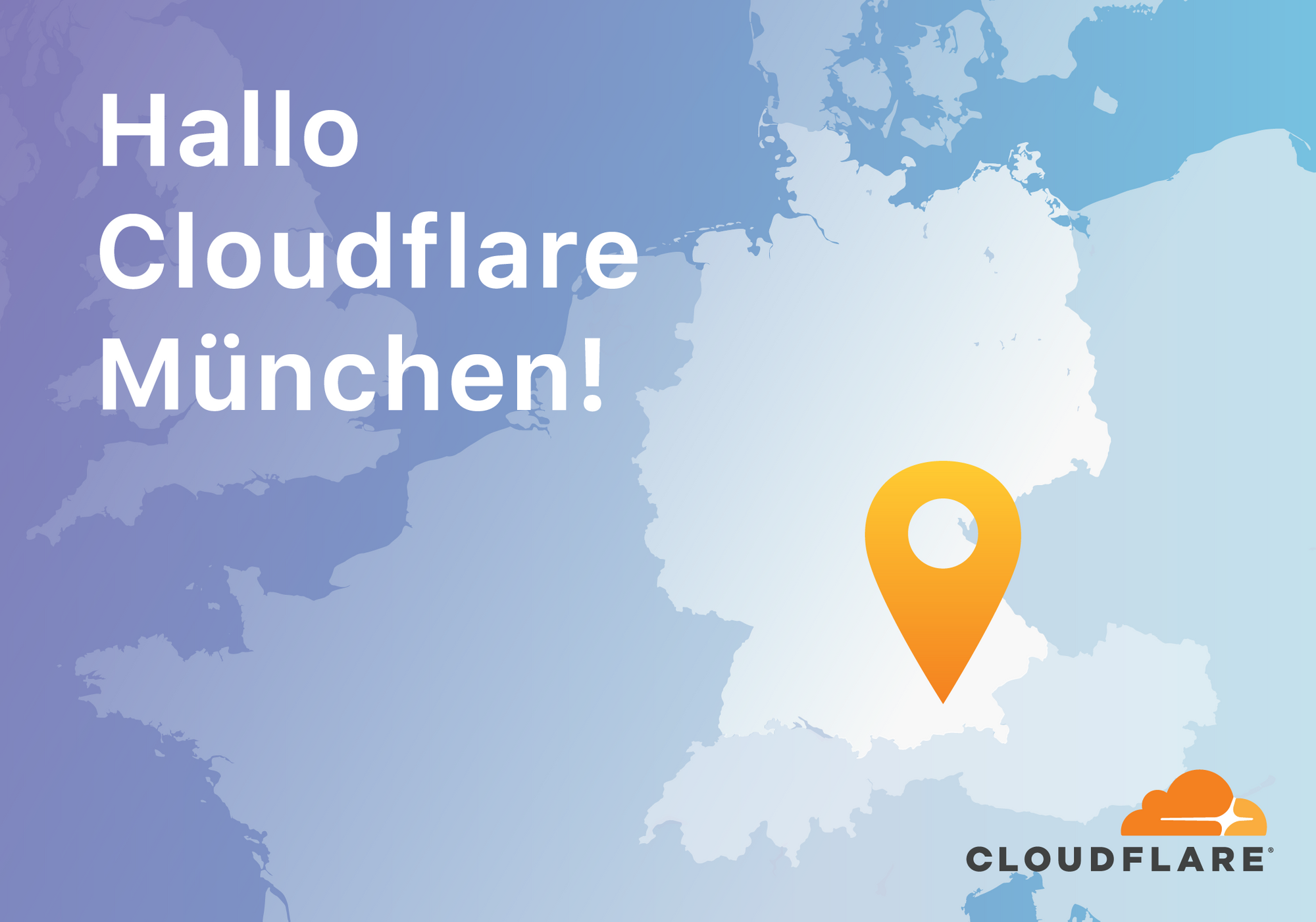0
Uptime Institute issues a weather warning for data centers
Data center operators have to take a number of contingencies into account, but many are failing to pay attention to the increase in natural disasters, such as hurricanes, floods, and wildfires.That’s the word from The 451 Group’s Uptime Institute, which published a report on the impact of natural disasters on data centers. Uptime issued the report to remind data center operators of the growing impact of climate change on data center operations.“Climate change is making us rethink resiliency and operational uptime. Now more than ever, it is crucial to understand any potential vulnerabilities to make new and existing facilities better prepared for extreme weather events,” the report states.To read this article in full, please click here
 CEO Borje Ekholm said an investigation of the company by the SEC and DOJ started in 2013. The scandal put a damper on otherwise positive third quarter results.
CEO Borje Ekholm said an investigation of the company by the SEC and DOJ started in 2013. The scandal put a damper on otherwise positive third quarter results.
 The group will produce vendor-neutral APIs and software tools focused on mobile functions running on edge infrastructure.
The group will produce vendor-neutral APIs and software tools focused on mobile functions running on edge infrastructure. McAfee also added new products to its Mvision enterprise security portfolio including endpoint detection and response and an integrated data loss prevention policy engine across endpoints, networks, and the cloud.
McAfee also added new products to its Mvision enterprise security portfolio including endpoint detection and response and an integrated data loss prevention policy engine across endpoints, networks, and the cloud.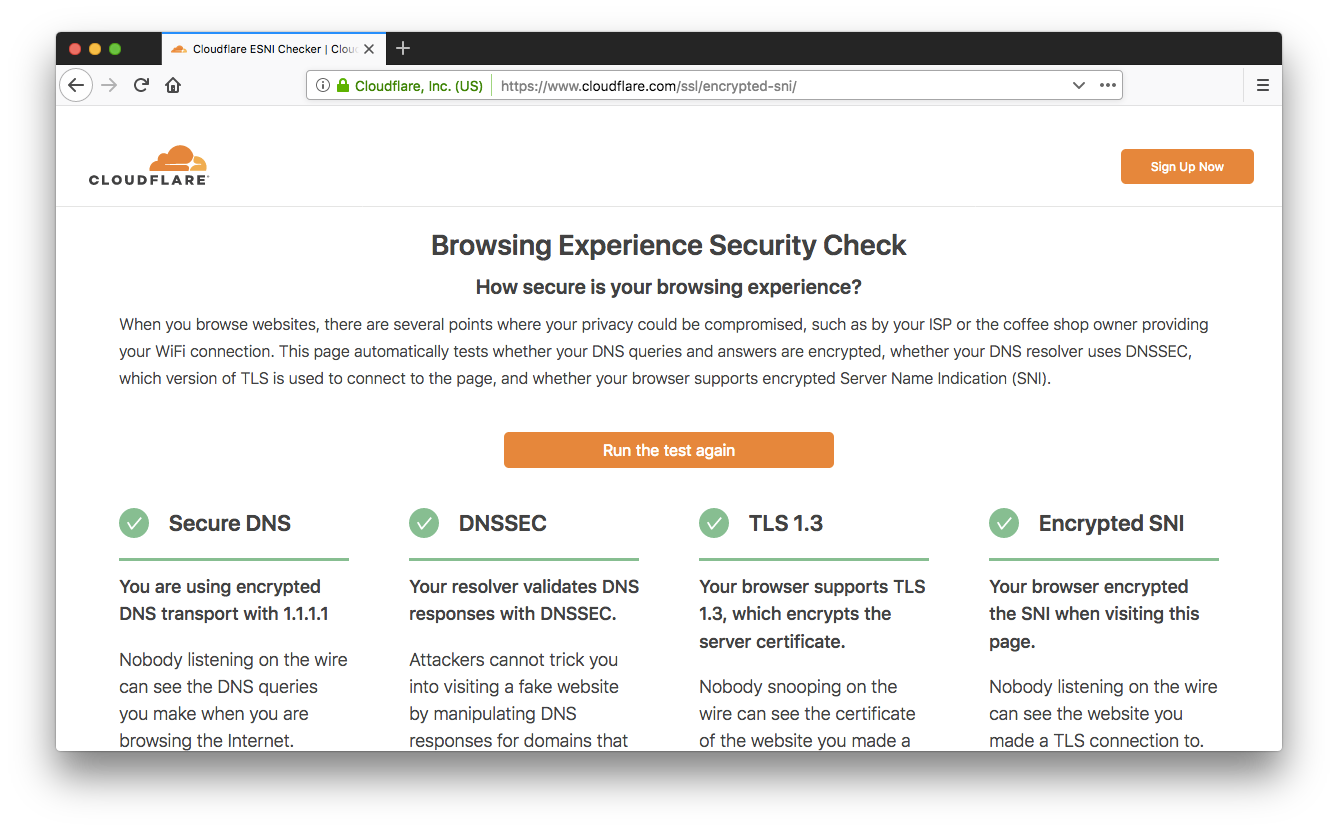

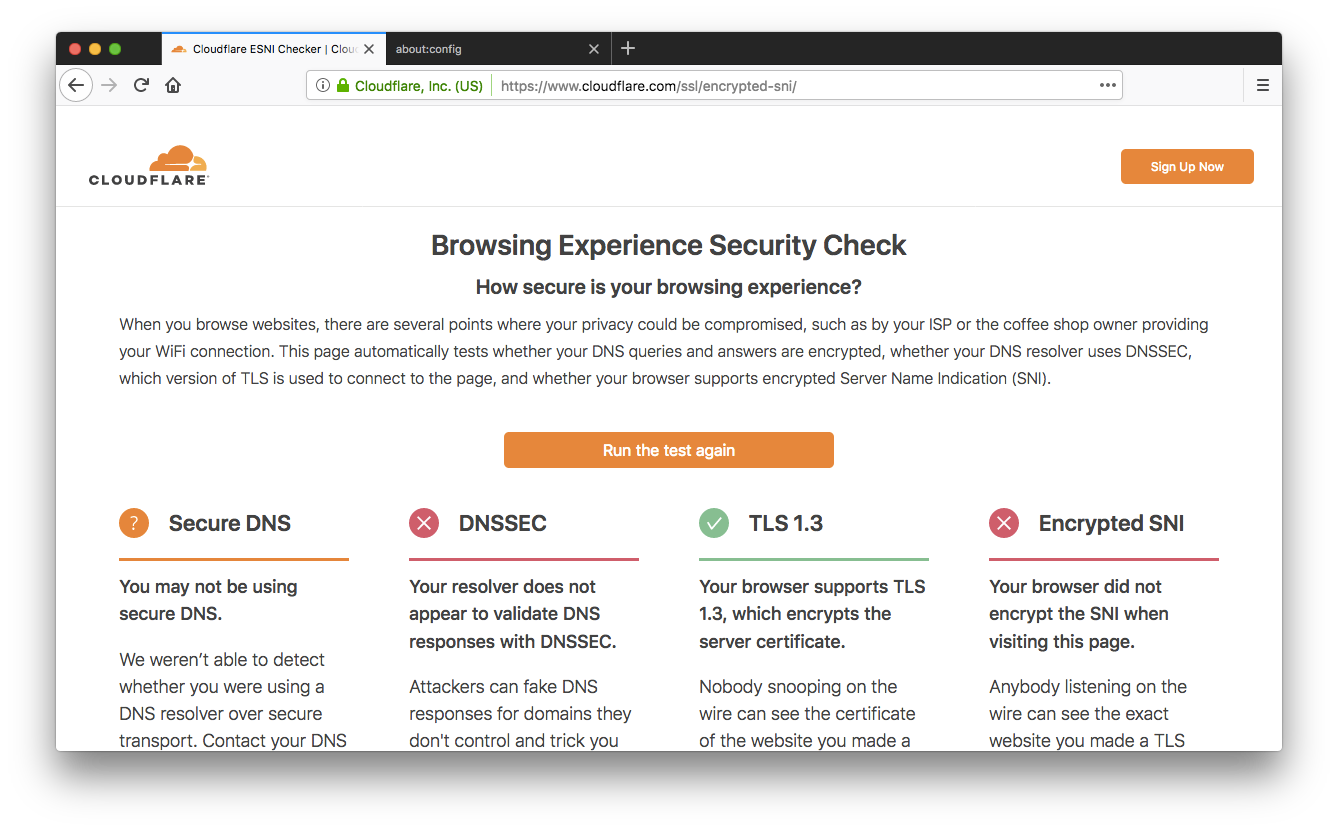
 Out of everything I think will be big in 2019, AIOps is near the top of the list. My current prediction is Artificial Intelligence (AI) making big moves in the enterprise IT Infrastructure and Operations market. AI-based technology is a hot topic in the media these days, everyone is exploring its benefits in a wide range of markets. From self-driving cars and industrial automation to advertising and fraud prevention. It’s no surprise that 2018 was predicted to be a dominating year for AI in IT. While I believe 2018 was a key year for AI getting it’s foot in the door of IT Ops, the reality is lagging behind the hype. In IT we hear a lot about machine learning, and big data, but with the reality of how this data is organized in most enterprises, the onus is still on us to get that data laid out in an organized structure to extract the potential that AI promises.
Out of everything I think will be big in 2019, AIOps is near the top of the list. My current prediction is Artificial Intelligence (AI) making big moves in the enterprise IT Infrastructure and Operations market. AI-based technology is a hot topic in the media these days, everyone is exploring its benefits in a wide range of markets. From self-driving cars and industrial automation to advertising and fraud prevention. It’s no surprise that 2018 was predicted to be a dominating year for AI in IT. While I believe 2018 was a key year for AI getting it’s foot in the door of IT Ops, the reality is lagging behind the hype. In IT we hear a lot about machine learning, and big data, but with the reality of how this data is organized in most enterprises, the onus is still on us to get that data laid out in an organized structure to extract the potential that AI promises.
 The company is expanding the reach of its SOAS software to boost IP capabilities and integrating Layer 3 expertise from its Packet Design acquisition.
The company is expanding the reach of its SOAS software to boost IP capabilities and integrating Layer 3 expertise from its Packet Design acquisition.
